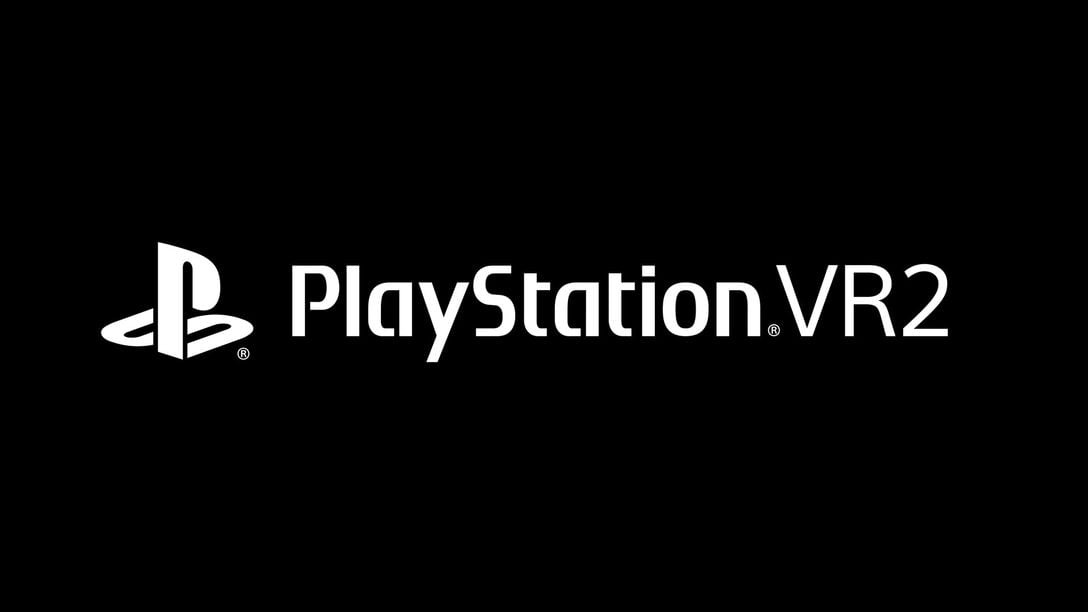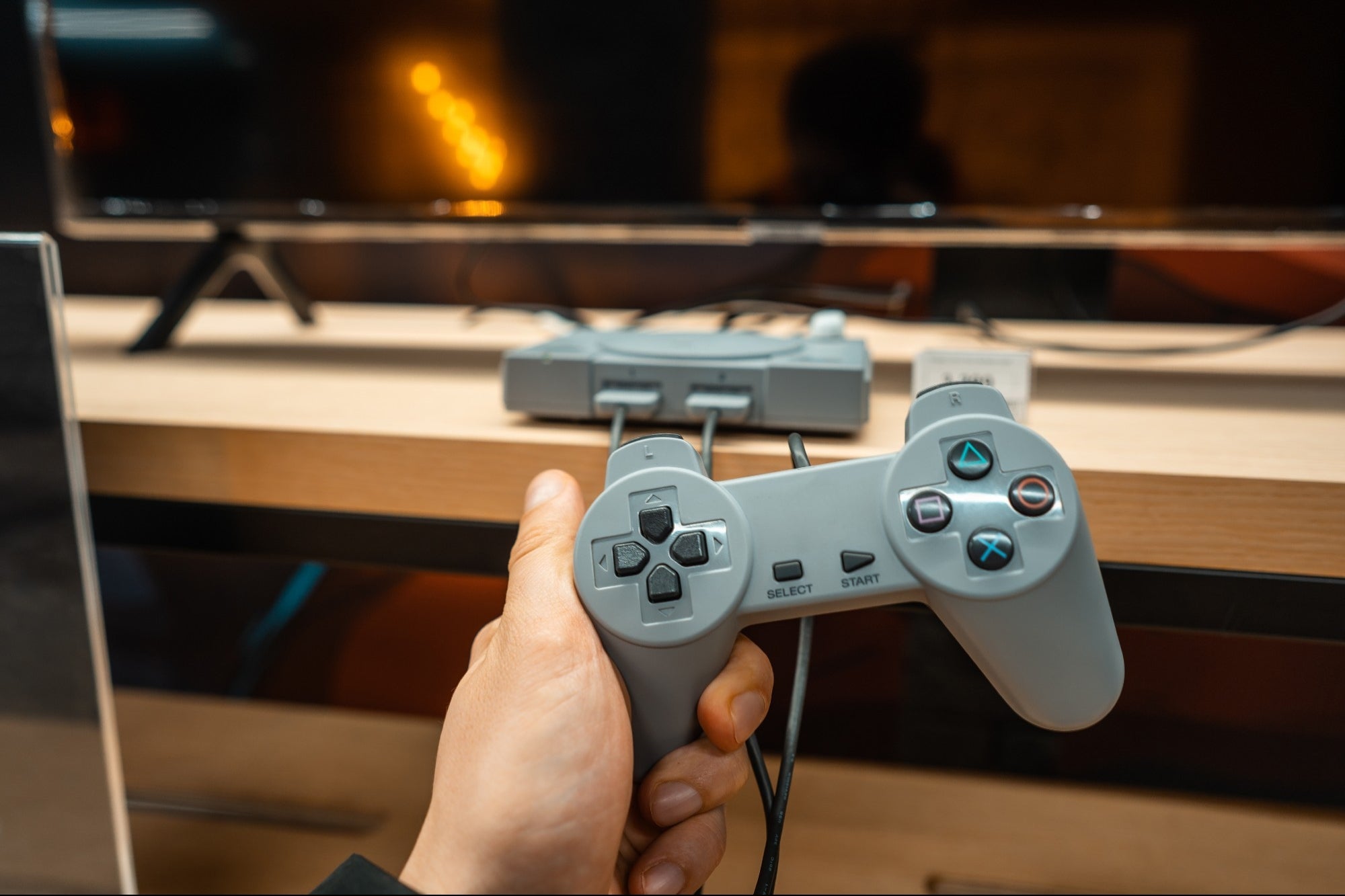
Sony’s third home console ceased production in Japan this year. It is time, we feel, to take a look back at ten of its absolute finest.
The PlayStation 3 is going to go down as something of an oddity in Sony’s home console repertoire. Its bulging, curved shell is at odds with a design language that has typically been angular in nature and, oh yeah, unless the PlayStation 4 comes to a screeching sales halt, its sales lag somewhat behind its siblings.
Perhaps this is justified. Sony launched its third come console with a storm of hubris; the machine was overpriced, made itself available to consumers well after the XBox 360 had established itself, and was notoriously difficult to program for. A year into its life, people were slapping together top ten PS3 games lists and then stopping around six or seven to say ‘lol the PlayStation 3 has no games’.
Add another year still and this all changed and, by the time Sony’s next main console rolled around, the PlayStation 3 had established itself a respectable body of software. Below are our picks for the top ten games that are exclusive to the hardware (or, at least, never went anywhere more foreign than the Vita or PS4).
10. Motorstorm
At a glance, Motorstorm seemed like it’d be than game you bought at launch to fill the role of visual showpiece for when your friends dropped by and demanded to know why you spent a full thousand bloody dollars on a videogame console. Those loading times probably didn’t help the cause, but they eventually choufered in some pretty visuals.
As it turned out, Motorstorm actually had some pretty good legs. It remains a lot of fun today, in many ways purer and preferable to its sequels (lack of split-screen play notwithstanding). It’s simple, muddy fun with multiple vehicle types that excel in different areas on the multi-path race courses. Had it not had so many rubberbanding issues, it could have come in higher on this list.
09. Siren Blood Curse
Blood Curse may not seem as spectacular today as it did back when it was a hot new thing. This is, frankly, thanks to the survival genre getting its shit together. At the time when Siren was released, episodic release structures were new, uncertain things, and horror games had become, well, not particularly scary.
There are valid complaints to be leveled against Blood Curse, but not being scary probably isn’t among them for many people. It was dark for effect, but also very difficult to see, the controls were kinds cumbersome, and that sight jacking ability that was essential to surviving could feel finicky. But it got the fear right at a time when horror was becoming a code for ‘action game with zombies in it’.
08. Little Big Planet 2
There was a lot of fever surrounding the original Little Big Planet. In some ways it lived up to it and in others it didn’t. It largely depended on your patience with level editing and your ability to accept floaty platforming physics.
These two factors perhaps stopped the positively charming franchise from breaking through to become what Minecraft eventually did, but it was still a fine game that produced some astonishingly creative user created levels, especially by the time its sequel rolled into town. We felt strong enough to award it a perfect ten in the magazine, and at its creative peak it very much deserved it.
07. Flower
FlOw was interesting, sure. It was a thing, at once mesmerising and arty and kind of unique. But it really did feel a lot like a diversion rather than a meaningful experience.
Enter Flower, thatgamecompany’s second PlayStation 3 project and probably the best use of the Sixaxis controller’s gyroscope than the console would ever see. Flower seamlessly melded what might be classed as an interactive art experience with recognisable gameplay ideas, having players control a gust of wind that gradually picked up flower petals on its way to telling a simple story that was nonetheless sad, frightening and uplifting.
06. Yakuza 4
Yakuza 4 takes a bloody age to install, but this is at least somewhat mitigated by the hyper-cheesy mish-mash of tough looking character profiles and that earworm of a J-Rock theme song that plays on endless loop. Just watching this thing install could make you feel like a badarse.
That said, it would have been better had you been able to play right away. Yakuza 4 puts players in control of multiple characters who all have roles to play in a twisty-turny Tokyo crime story. We miss the sunny streets of Okinawa from the third game, but this one did feel like a fuller experience. And that theme song!
05. Resistance 3
Somehow, Resistance 3 became a strange cautionary tale. We can only assume that most critics were retroactively burned from reviewing Resistance 1 and 2 on tight deadlines, because despite being not very good — some might even say actively bad — games, those titles have higher metascores than the far superior third instalment.
Insomniac looked back as much as it did forward for Resistance 3, a small pinch of Halo here, a heavy dash of Half-Life 2 there, and it became a better game as a result. It’s not quite the eternal classic that its core inspirations are, but it is a damn fine shooter. It’s well balanced, offers up plenty of gameplay diversity, and does so while letting players toy with a predictably spectacular array of weapons (this is an Insomniac game, after all).
04. Uncharted 2: Among Thieves
It would appear that we’ve reached the big ‘uns. The original Uncharted was an impressive technological accomplishment and a decent piece of swashbuckling action. It’s kind of cumbersome today, though – something more easily forgiven in a game with Siren’s aspirations. Also, Uncharted 2 was just so much staggeringly better.
Don’t get us wrong, though. Uncharted 2 is also a whole level ahead of Uncharted 3, and not just because the out-of-the-box aiming felt better. There was a spectacular graphical wow factor here, but Uncharted 2 just moved with perfect pacing, balancing astonishing set pieces with memorable quiet moments that even its own sequel openly tried to recapture (it failed, at least by comparison), snappy character writing, and great forward-moving stage design. It wasn’t until Uncharted 4 hit the PlayStation 4 that anybody rightly felt that this game might have been beaten, and even then it still feels kind of up for debate.
03. Metal Gear Solid 4: Guns of the Patriots
Yes, the cinematics can sometimes go on almost long enough to be a motion picture. We get it. Really, we do. We wouldn’t want this to become a default trend in games, but we’ll take it in Metal Gear Solid 4.The inclusion of these cinematics is neither good nor bad in and of itself, it simply is, and at the very least they are well produced, engaging, and often just downright insane. Prior to the release of Tales From the Borderlands, MGS4 had the award for best finger guns in a game all sewn up.
Cutscenes aside, there is a lot of gameplay variety here, some ideas being perhaps more successful than others. But that octo-camo was ingenious, at least. Like MGS3 better? Cool – enjoy faffing around in menus every time you need to better blend in with your environment; we’ll just have Snake press himself up against a wall for a second over here. Never mind that MGS4 really does allow for a lot of player creativity and facilitates different approaches, something that becomes much more apparent if you play it more than once.
This game also, somehow, turned frantically mashing a button like you were playing a simplified variant of Track and Field into a legitimately memorable gaming moment.
02. The Last of Us
Naughty Dog’s take on the apocalyptic future horror survival stealth action drama game thing became a classic overnight. There’s not even a ‘pretty much’ quantifier in that sentence – it simply did.
Perhaps we never should have doubted, but there was some concern following an E3 appearance where it appeared to appeal to big, dumb, meaningless violence. The end product, by turn, would remain supremely violent, but within the context of a very solid story it felt troubling because of its necessity. This was just the way that the world that Joel and his young traveling companion, Ellie, was, and The Last of Us didn’t pull any punches.
It’s not perfect – stealth purists found it simplistic, and there was that kind of forced and somewhat out-of-place shooting turret-like sequence, but it is still a damn good game. It also has DLC that took the concept of the QTE and turned it into a spine chilling character moment. That shouldn’t even be possible.
01. Journey
Countless little voices. Journey gave everyone a voice and then stripped away the ability to do anything with it other than lift up another person. It’s a rare thing – a game that allows you to see the best in people. An onlinegame that allows you to see the best in people.
A lack of arms is partially to thank/blame for this. You cannot throw a punch in Journey, nor can you weaponise any of the incredible environment around you. Instead, you just press forward through a truly beautiful world, running into other players by chance and having your breath stripped away together when the camera framing turns horizontal and you slide down a river of golden sand.
All of this without a word been spoken. Yes, each player has a voice, but it as but a chirp, powerful in its own small way and represented visually by a unique symbol. By the time its elegant tale reaches its conclusion, those voices matter, and they do an absolute masterful job of communicating the game’s gospel while simultaneously making players feel like they can actually fly.
Source:-.pcauthority









